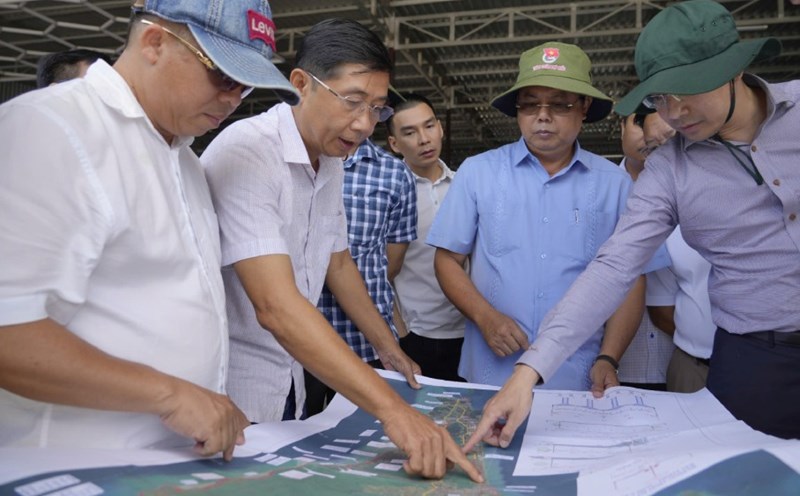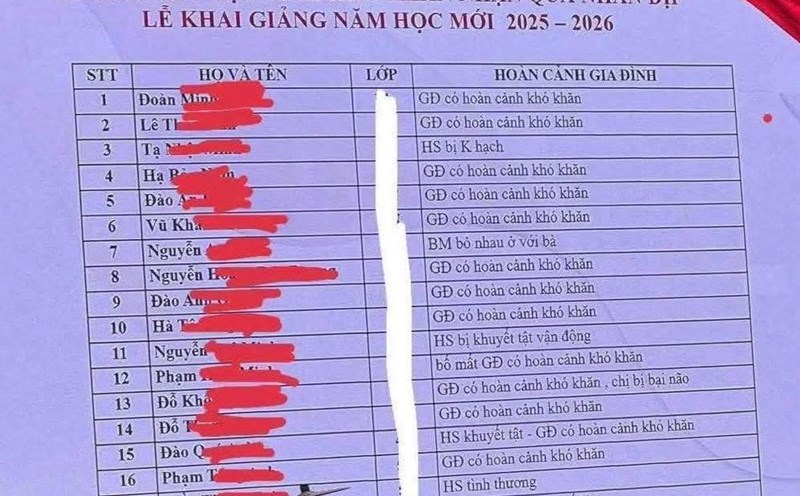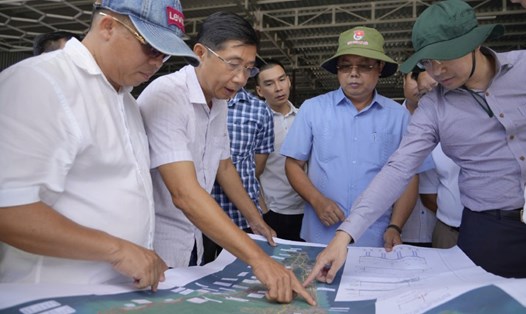Informing Lao Dong on the afternoon of February 26, Director of the Civil Aviation Authority of Vietnam Uong Viet Dung said that the unit has just issued Directive No. 1027 /CT-CHK on strengthening measures to ensure aviation safety.
According to the Civil Aviation Authority, in 2024, Vietnam's civil aviation transport activities have recovered positively, especially international passenger transport activities as well as cargo transport output.
Aviation activities basically ensure safety, especially during peak holidays, Tet and summer, safety indicators are improved and maintained well.
Notably, during the peak of the Lunar New Year 2025, the aviation industry has safely operated 25,328 flights with a total output of over 2.5 million passengers (an increase of 17.8% over the same period in 2024).
In 2024, the USOAP Global Safety Oversight Audit Program (Universal Safety Oversight Audit Programme) of the International Civil Aviation Organization (ICAO) conducted a comprehensive assessment of the safety assurance capacity of the entire Vietnamese aviation industry and recorded an average score of the safety assurance index (AI) of the entire Vietnamese aviation industry at 78.14%, an increase of 12.58% compared to the assessment results in 2016 (65.56%).
Of which, 5 areas directly related to safety assurance (AIR, OPS, PEL, ANS, AGA) achieved an average of 85.3% of the EI index, this is a recognition of the results of the continuous efforts of the Vietnamese aviation industry in safety assurance, especially the role and responsibility of aviation businesses.
It is forecasted that by 2025, the Vietnamese civil aviation market will continue to recover and develop. However, the aviation industry continues to face many difficulties due to the lack of operating aircraft (affected by the engine recall of Pratt &hitney factories, which forced the A321NEO aircraft fleet to preserve and stop flying), the supply of aircraft equipment is still very difficult and delayed, fuel prices are increasing due to the impact of political fluctuations and conflicts in the world.
The aviation Safety Risk Control Council (ASRMC) has focused on analyzing the causes and remaining problems in safety assurance in 2024, and emphasizing the factor of causing safety threats due to human factors (not complying with maintenance procedures, standard operating procedures; flight operations methods...).
The ASRMC Council has decided to include human error issues as a potential risk factor that threatens flight safety and requested the implementation of contents to minimize errors due to human factors in 2025.
In order to ensure absolute safety in civil aviation activities, ensuring the principle of not exchanging safety for any reason, the Civil Aviation Authority of Vietnam requires organizations, agencies and units to seriously implement the following typical work contents:
Airlines, maintenance organizations, training organizations, airport operations, flight operators, and aviation service providers should seriously implement the solutions, recommendations, and instructions clearly stated in the Conclusions of the ASRMC Council, Conclusions of the Safety Conference, and Directives of the Civil Aviation Authority of Vietnam.
Units must thoroughly eliminate the subjective, negligent, and complacent ideology in ensuring aviation safety.
Proactively review the organizational structure, functions and tasks of units to ensure timely updating and compliance with the requirements of the Regulations and regulations in the system of legal documents.
Review, update, and supplement policies, standards, and experiences of airline staff in each position of the organization. Ensure to maintain the full number and quality of employees in the production line, comply with the rest period for all employees in the system.
Strengthen internal inspection, supervision, identification and risk assessment to promptly detect shortcomings and limitations in the system, safety-oriented factors (such as obstacles at airports, etc.) to proactively overcome them in a timely and effective manner.
Improve the quality of safety investigation, thorough cause assessment analysis to make appropriate and effective safety recommendations to prevent incidents.
Strictly and effectively implement the work of preventing and combating negativity in recruitment, training, training, licensing, empowerment, and authorization to perform tasks.
Timely grasp the situation, thoughts and aspirations of workers, especially pay attention to the legitimate rights of workers in the spirit of objectivity, transparency and fairness to ensure psychological stability, contributing to improving aviation safety.











